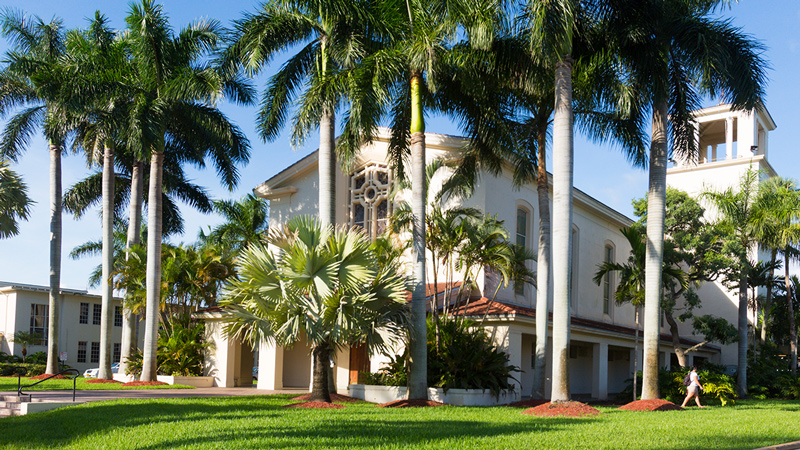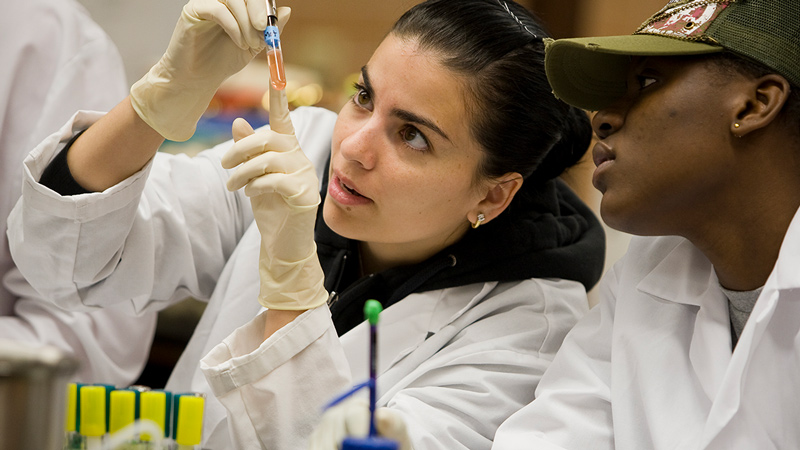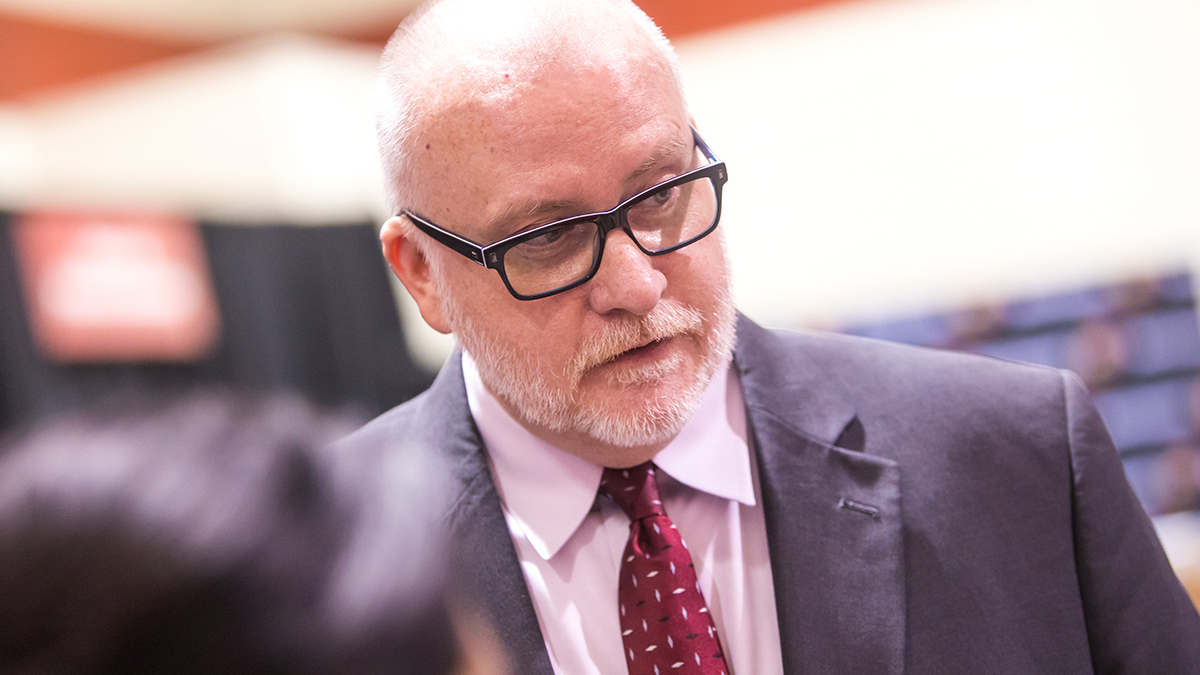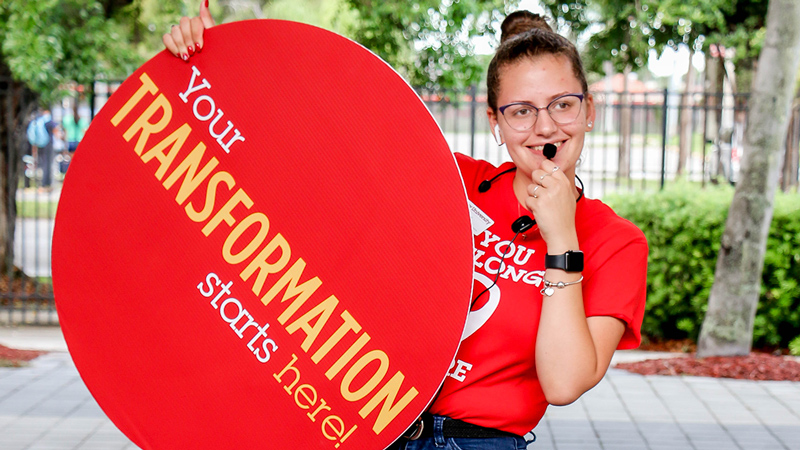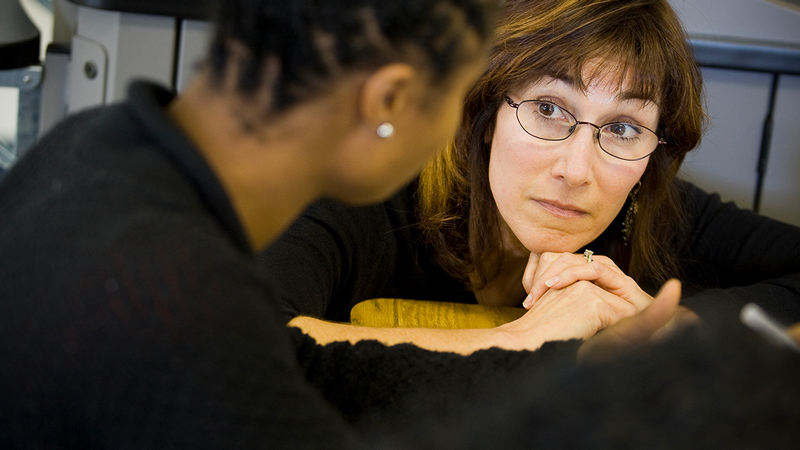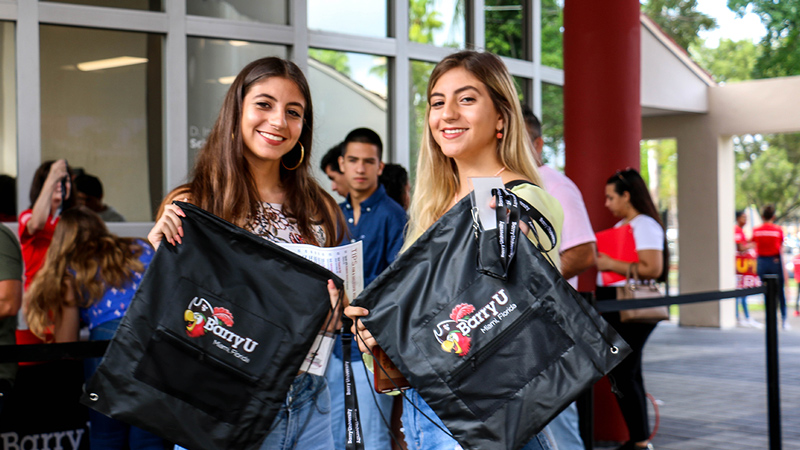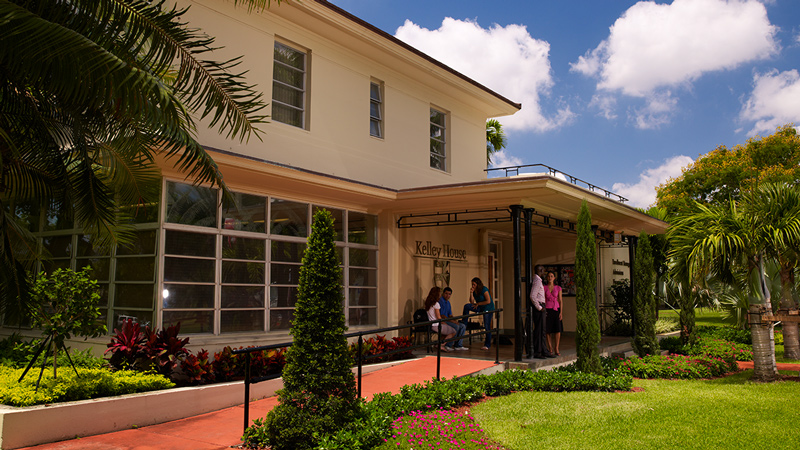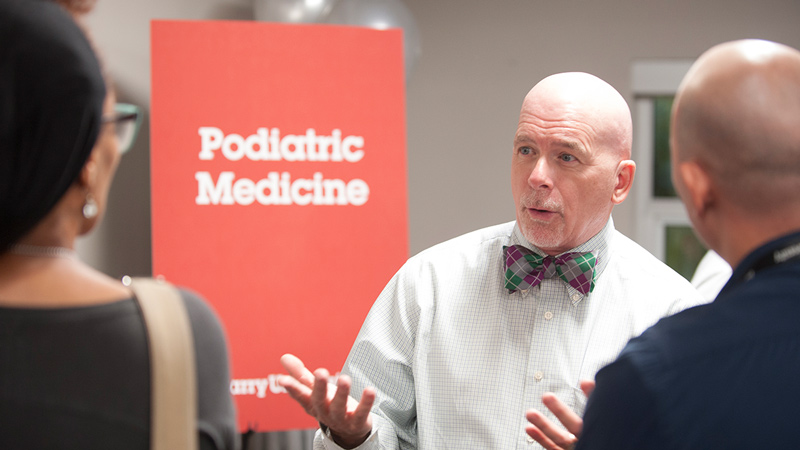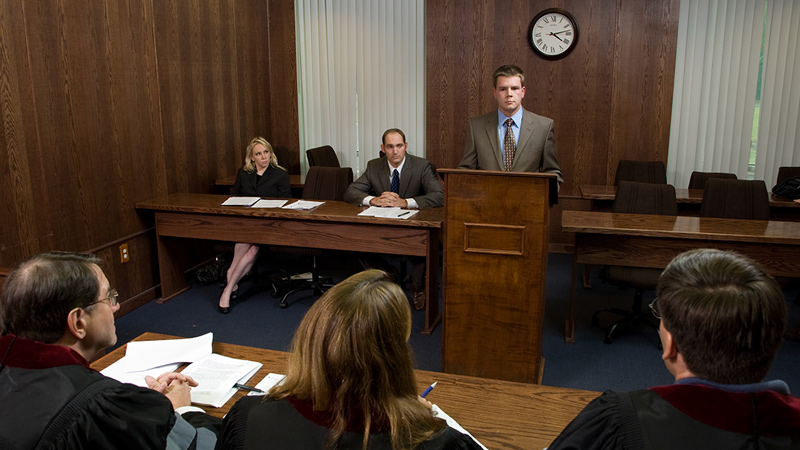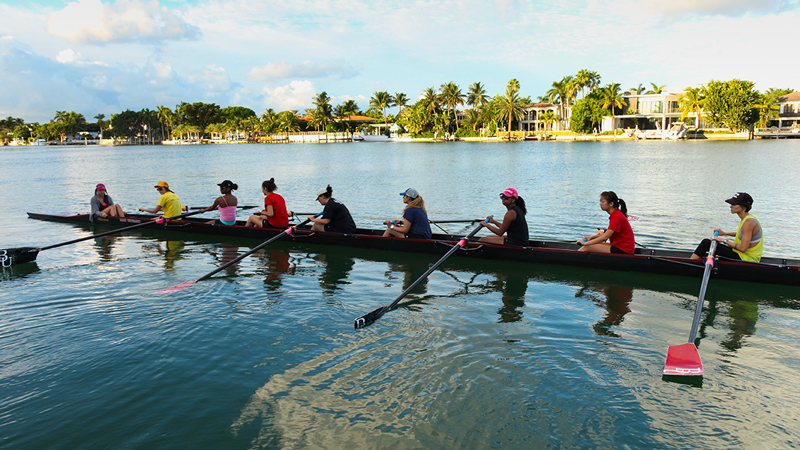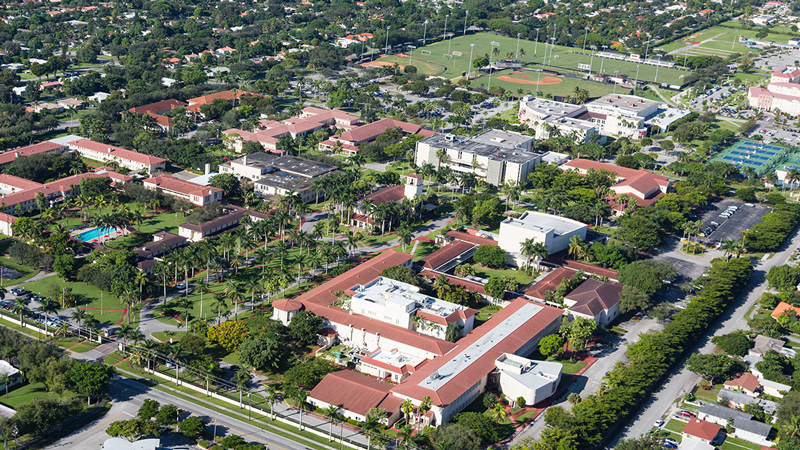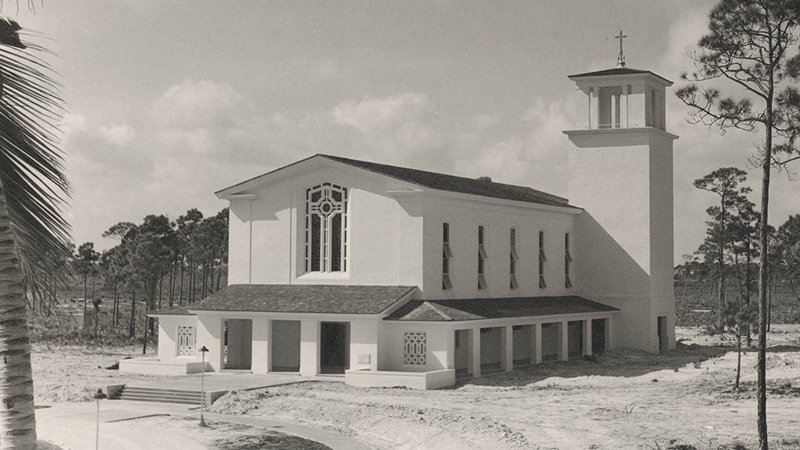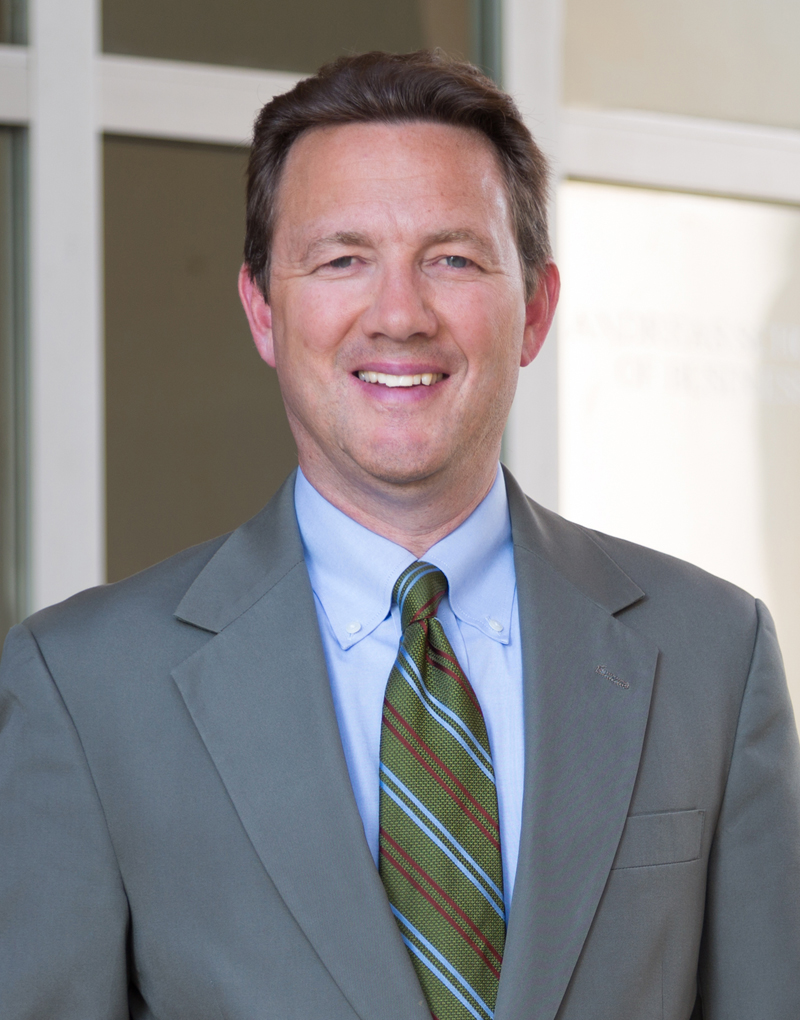Bystanders are the largest group of people involved in violence – they greatly outnumber both the perpetrators and the victims. Bystanders have a range of involvement in assaults. Some know that a specific assault is happening or will happen, some see an assault or potential assault in progress, and some know that assaults do happen. Regardless of how close to the assault they are, bystanders have the power stop assaults from occurring and to get help for people who have been victimized.
Take the example of the typical perpetrator of college sexual assaults. Most are men who are outwardly charming, have a lot of friends, and don't consider their actions to be wrong (Lisak, 2002). People who know this person (bystanders), and are potentially friends with this person, often do not want women they care about (sisters, friends, etc.) to date or hang around this man. When his behavior is directed at other women whom they are not close to, they often do not think it is a situation in which they need to get involved.
Bystanders often know that this person’s behavior is inappropriate and potentially illegal, but may not know what they can do to make a difference.
We have all been bystanders in our lives, and we will all be in situations where we are bystanders in the future. The choice, then, becomes whether we are going to be active bystanders who speak up and say something, or whether we will be passive bystanders who stand by and say nothing.
We are not advocating that people risk their own safety in order to be an active bystander. Remember, there is a range of actions that are appropriate, depending on the situation. If you or someone else is in immediate danger, calling 911 is the best action a bystander can take.
As opposed to being the bystander who stands by and does nothing, we want to create a culture of bystanders who are actively engaged in the prevention of violence.

